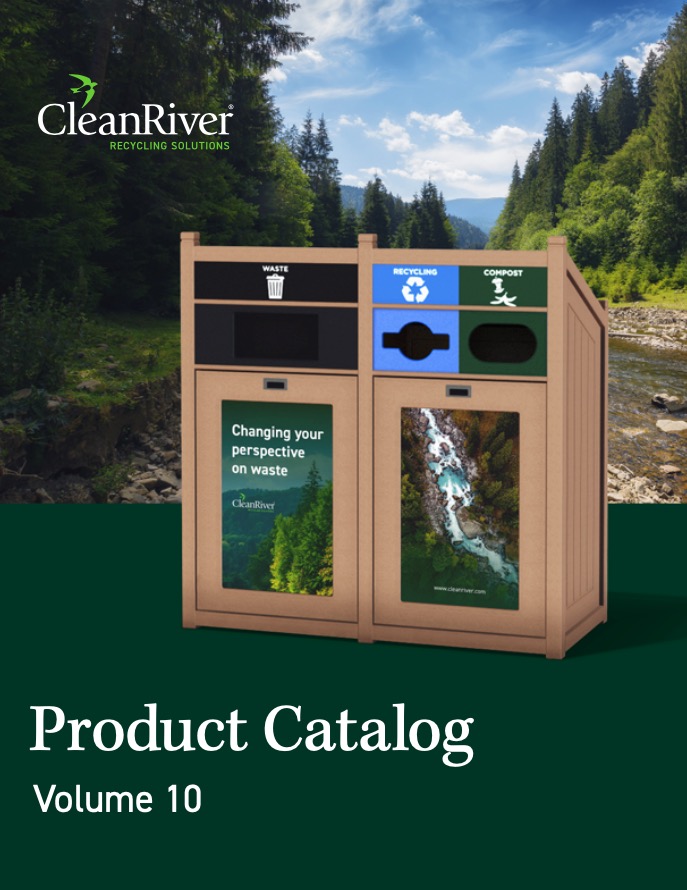Share
“Why Aren’t There Standard Colors for Recycling Streams?” This is a common question that our customers ask when they first look at implementing a new recycling program.
It would seem logical in a society that embraces color as a visual cue, that there would be some level of color standardization. After all, we all know that red means stop and green means go. Surprisingly however, there still isn’t a standard to drive visual recognition in recycling streams of where to toss your trash vs your recyclables.
Part of the challenge is that even though it seems like the 3Rs (Reduce, Reuse and Recycle) have been around for years, the industry itself is still relatively young. It has gained momentum over the last 20 years but there still isn’t a governing body that lays down the law on which colors should be used to represent particular waste streams.
Another big challenge is that waste collection varies greatly by state/province and also by town and city. Different municipalities within the same region often have different bylaws on what can be collected for recycling and whether compost is even available. These variations make it difficult to create a national color coding system for waste collection.
Informal Standardization of Color
The good news is that an informal standardization of color starting in some cities has widely been accepted. For example, in San Francisco, for 3-stream collection the common practice is black for waste, green for organics and blue for recycling streams. This simple color code is also being promoted by organizations such as the US Zero Waste Business Council, and has been adopted by corporations like Google and Tesla

The city of Vancouver has announced that it will be banning all organic waste from its landfill and waste to energy facilities in 2015 and will be requiring businesses and residential homes to collect all organic waste for composting. Vancouver is also suggesting the use of black for waste, green for composting and blue for recycling stream.
Consistency is Key
Regardless of the color you choose for your program the most important factor that affects participation is actually consistency. You need to keep whatever colors you choose, the containers you use, and the communication tools you implement consistent throughout your entire facility.
CleanRiver developed what we call the 3C process. Three easy principles that make it easy for you to implement a successful recycling program.
- Culture is the key driver in recycling program success. Make sure everyone in your organization is on board with the new program from custodial staff to senior management.
- Communication is vital. People need to know the program exists and how to use it properly. Monthly program communication reminds everyone of the importance of the recycling program, and graphics on the bins help people choose the correct stream when tossing their waste.
- Collection is critical. Not only the containers you choose but where they are placed. They need to be able to collect the right streams, be flexible enough to adapt to your changing program, be consistent in color and stream collection and be easily accessible throughout your facility including reception areas, break rooms, restrooms, front and back-of-house and all common areas.
School Pilot Whitepaper CleanRiver’s new School Pilot Whitepaper shows how a High School in Ontario increased their diversion rate by 61% by implementing the 3C process.
Call us today at 1-888-646-4246 or email info@cleanriver.com and we’ll explain how the 3C process can help you get your recycling program working even smarter.


